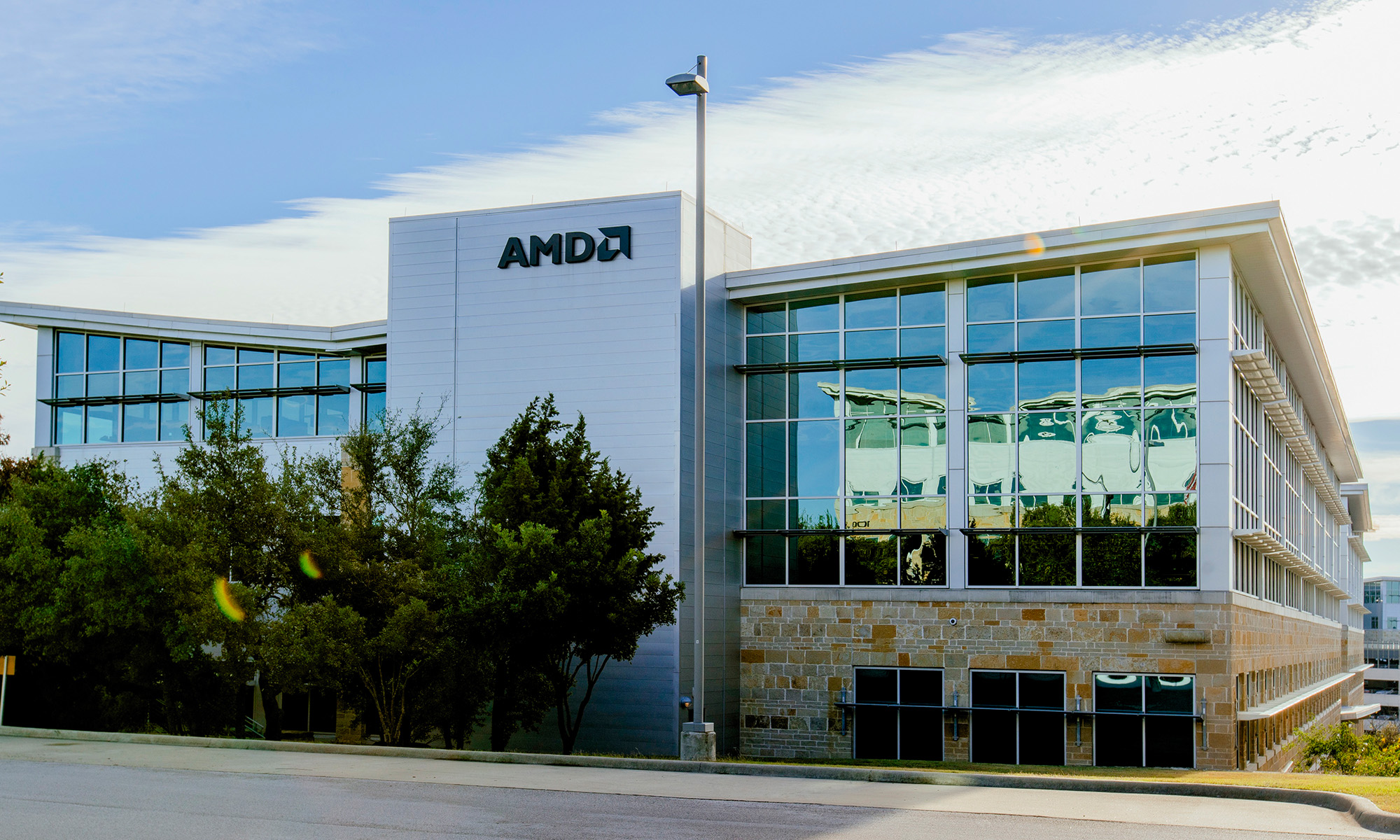Each quarter, I see Jon Peddie Research, which I'll abbreviate as JPR, publish market share numbers for the stand-alone graphics processor market. According to a recent JPR report, graphics giant NVIDIA (NVDA 0.44%) captured 66.3% of the stand-alone graphics processor market while smaller rival Advanced Micro Devices (AMD +1.79%) held 33.7% share.
Based on these numbers, investors might think that while NVIDIA is the clear leader in this market, AMD is putting up quite a good fight, capturing significant share itself.

Image source: NVIDIA.
What I found interesting, though, is that during NVIDIA's most recent analyst day, CEO Jensen Huang claimed that NVIDIA captured more than 90% revenue share in each of the markets that it plays in, with its profit share being even higher than that.
Jensen's claims don't seem to jibe with JPR's numbers, so I took it upon myself to dig into both NVIDIA's and AMD's respective financial results to try to figure out what's really going on here. Here's what I found.
Starting with fundamentals
NVIDIA reported that, in its most recent fiscal year, it raked in $8.14 billion in revenue from sales of discrete graphics processors. This figure encompasses the company's gaming graphics processors, professional visualization-oriented processors, as well as its booming data center-oriented graphics processors.
AMD, on the other hand, doesn't break out its GPU sales, instead choosing to report consolidated revenue for two segments: computing and graphics as well as enterprise, embedded, and semi-custom. AMD's graphics processor revenue is included within the company's computing and graphics segment, but those numbers also include sales of its CPU and APU products.
In 2017, AMD reported that its total computing and graphics revenue came in at $3.03 billion. If we assume that half of this revenue came from stand-alone graphics processors (again, AMD doesn't provide explicit breakouts), then AMD's total graphics processor revenue was around $1.5 billion in 2017. Such a breakout would put AMD at about 15.5% revenue share in the stand-alone graphics processor market, with NVIDIA grabbing 84.5%.
NVIDIA might have a better internal estimate of how AMD's computing and graphics business is split between graphics and processor products, but it's clear that in terms of revenue share, NVIDIA's estimate of "over 90%" is in the right ballpark while JPR's isn't.
What could explain the discrepancy?
I don't know how JPR comes up with its estimates, but if we assume that both the JPR numbers are right and that NVIDIA's estimates are right, there's actually a way to reconcile the two. Remember that NVIDIA's CEO was talking about revenue share, while JPR is talking about unit share.
What might be happening here is that NVIDIA is selling a far richer mix of products than AMD is, meaning that NVIDIA's graphics processor average selling prices are far higher than AMD's.
That explanation is plausible.
Keep in mind that NVIDIA completely dominates the market for data center-oriented graphics processors, which tend to carry much higher average selling prices than, say, a typical gaming-oriented card. Moreover, even within the gaming market, NVIDIA has products at higher-end performance and price points than AMD does (e.g., AMD has no competitor to the NVIDIA GeForce GTX 1080 Ti and Titan Xp graphics cards).
On top of that, if we look at, say the Steam Hardware Survey (virtually every major PC game is distributed primarily through Steam these days), we see that NVIDIA's high-end GeForce GTX products have captured significant gamer share while AMD's high-end Vega graphics cards aren't a large enough part of the installed base to even register.
So, what I think could be happening here is that while AMD ships about a third of the industry's stand-alone graphics processor units, it's capturing substantially less of the total revenue to be had in this market because it sells, on average, cheaper, lower value parts.






